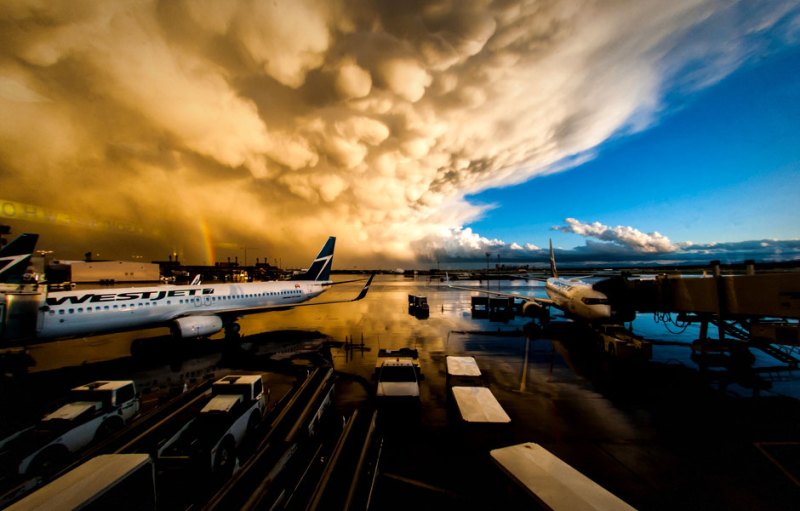
Flying within the U.S.
If you’re only traveling domestically, you’re in luck. The only real inconvenience will be getting to the airport about an hour before you normally would.
Surprisingly enough, you can still get your boarding pass and check luggage without showing one of the 14 forms of ID acceptable to the TSA.
Get in line for security and when it’s your turn to show your ID and boarding pass, explain that you lost it or that it got stolen. They’ll call for back up to verify that you are indeed ID-less (photocopies of ID are no help). Then, a TSA agent will pull you aside, make a phone call, and then ask you a bunch of third party questions that you, in theory, would only know the answers to, like the make and model of your car and your social security number. Once you pass the test (don’t sweat it, you will), you sign a paper saying you told the truth, and then go through security with an extra inspection of your carry-on luggage and a pat down. And that’s all.
International Travel
If you’re traveling abroad, losing your passport is a bit more of a sticky situation. You might actually make it past airport security with a driver’s license or other government issued ID, but you won’t get past customs or a border without your passport (or passport card for Canada, Mexico, and the Caribbean).
The first two things to do are to notify the local U.S. embassy and get a police report (if that’s even possible where you are). Each embassy works on their own timeline but to make things go by more efficiently, it will help to have a photocopy of your lost passport, confirmation of your flight, a police report, and two passport photo IDs (two by two inches, and make sure your face is centered and not shadowed, with a white background). They should work with you so that you don’t miss your flight home, but some embassies are better than others, so get the process started as soon as humanly possible.
Driving
Oddly enough, losing your driver’s license while on a road trip can be the most annoying to work out. Why? Well, it’s illegal to drive without having your license on you, no exceptions—passports, credit cards, student IDs, social security cards, nor birth certificates count. Of course there shouldn’t be any problems if you obey all traffic laws, but if that tail light decides to die, or there’s a strict sheriff on patrol who flags you going a few miles over the speed limit, depending on the state, you can get anything form a ticket to jail time.
How you’re treated depends on the cop who pulled you over. The best way to get on their good side is to get a police report stating that your license was stolen and to have another form of government issued ID like a passport to prove that you’re legit.
You should also contact your state’s DMV to get a temporary license. Each office works on their own pace but they usually won’t send them anywhere but to the address on the actual ID. If you applied online, screen grab the confirmation or make sure you get one emailed and print it up. If you have enough time, you can have someone at home mail the temp to your current location.
Image credit: Grempz/Flickr


